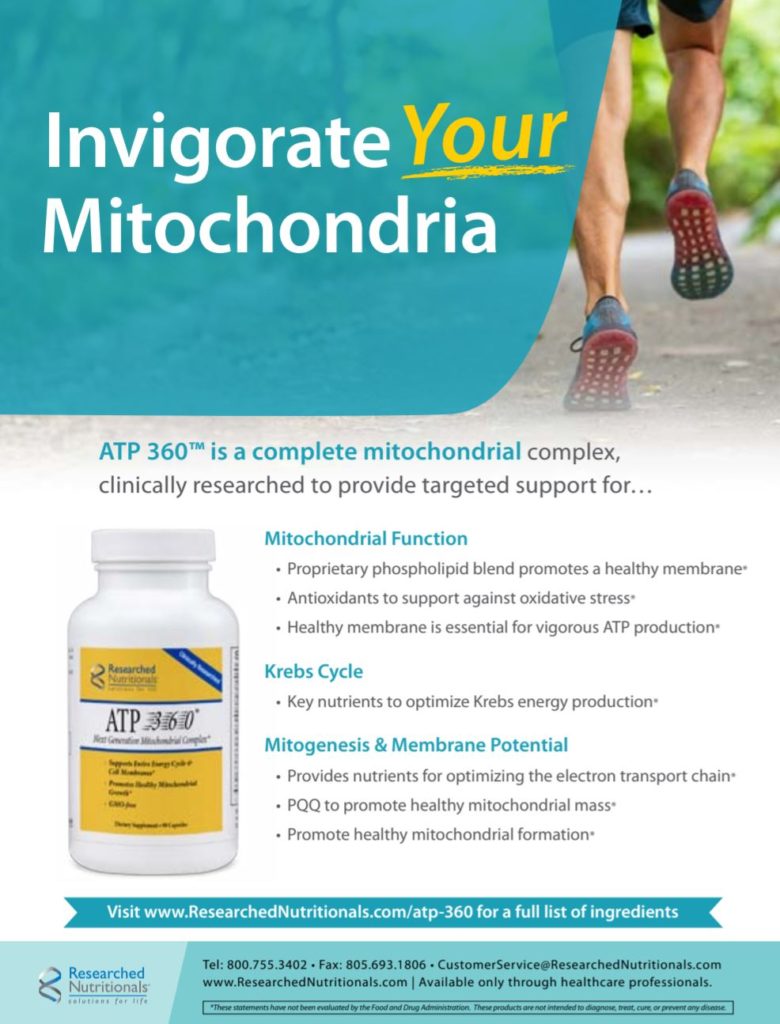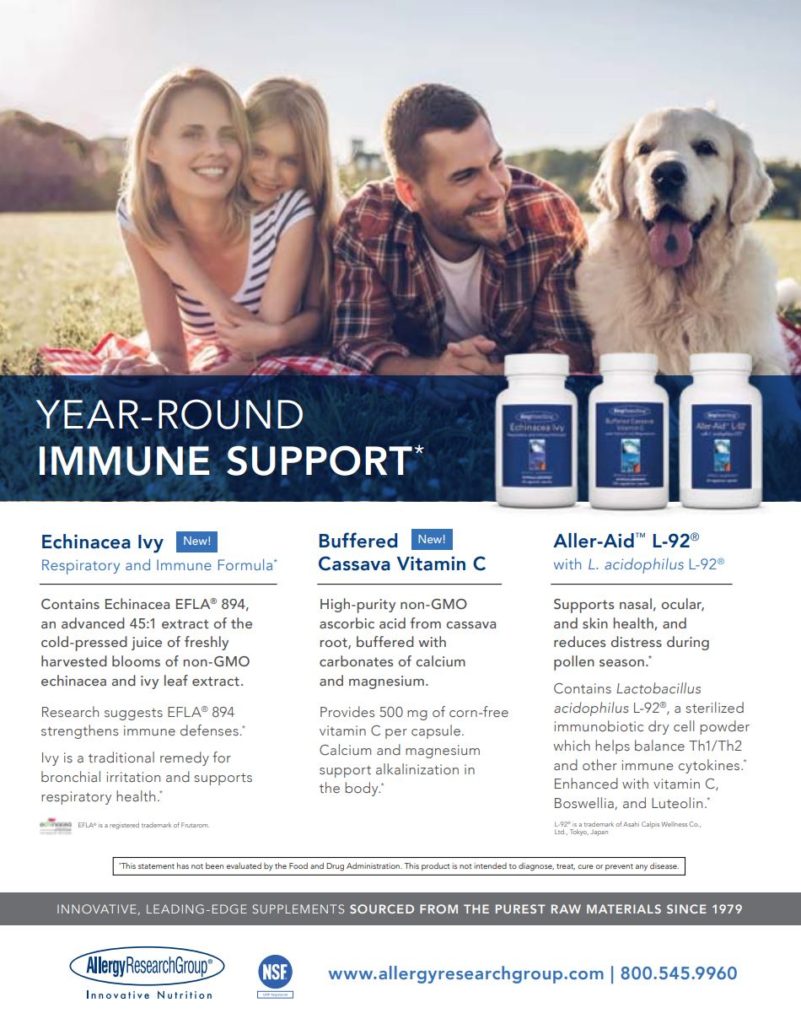By Erica Zelfand, ND
Lucy’s addiction to heroin began over 25 years ago. “It was a slow creep,” she says, “and then all of a sudden I was doing an eight ball a day and living on the street.”
Over the years, Lucy has tried to overcome opioid use disorder (OUD) through a variety of methods, including hospital detox and methadone maintenance. She is now taking frequent, high doses of buffered vitamin C to try and kick her addiction.
Lucy’s curiosity in trying the vitamin C regimen was rooted in desperation. Even after enrolling in an outpatient injectable opioid agonist therapy (iOAT) program through which she received high doses of opiates twice a day, every day, Lucy was still plagued by drug cravings and breakthrough withdrawal symptoms. She controlled these symptoms with street drugs—about 300 mg a day of fentanyl, a synthetic opioid pain reliever 50 to 100 times more potent than morphine,1 or “whatever I could get my hands on.”
Lucy was flung into the throes of withdrawal, however, when she could no longer afford her $50 to $75-a-day fentanyl habit. “I was so sick I was blacking out – they wanted to call an ambulance,” she says of the staff at the nearby health clinic. As a last-ditch attempt, a nurse suggested calling Trevor Millar, a local health advocate well versed in supporting those with opioid addiction.
Millar met Lucy that night with a bottle of sodium ascorbate, a buffered form of vitamin C, and instructed her to take 2 grams of the vitamin every two waking hours.
“The next morning, I woke up and I had no withdrawal symptoms,” Lucy tells me. “I felt better than I had in years. Had I had to do that come down on my own, it would have killed me.”
The Epidemic Rages On
Lucy isn’t the only North American living with opioid use order (OUD). OUD refers to a problematic pattern of opioid drug use that leads to serious harm (or risk of harm) for a person. (The condition is also known simply as “opioid addiction.”) While OUD used to be centered on heroin, the use of prescription opioids pain relievers—drugs like fentanyl, oxycodone (OxyContin®), hydrocodone (Vicodin®), codeine, and morphine—is now on the rise. Opioids are implicated in overdose deaths more than any other drug class, claiming more lives than guns, breast cancer, or car accidents.2
The prescribing practices of healthcare providers are implicated: opioid misuse often begins with a legally acquired prescription.3
OUD used to be associated with poor, inner-city neighborhoods. Since the 1980s, however, the epidemic has infiltrated all strata of society, including suburbanites and the upper class. OUD now affects more Caucasians than any other race, with women comprising the fastest growing demographic afflicted. This may be because women might be more sensitive to pain than men, and thus more susceptible to cravings and relapse.4
Simply put: OUD is the deadliest drug crisis in American history,5 and it has only gotten worse since the onset of the COVID-19 global pandemic6: Opioid withdrawal-related emergencies and opioid-related deaths have increased since the SARS-CoV-2 virus erupted on the scene.7 Lockdown has pushed more people into isolation and toward addictive behavior, and the closure of treatment facilities and the interruption of care has pushed those with OUD to the point of crisis.8
A Slow and Steady Taper
A good night’s sleep after taking vitamin C was just the beginning of Lucy’s recovery: Within a week of starting the vitamin C regimen, she was off all street drugs, save for a single dose in the morning. “That morning dose was really hard to kick,” she explains, but within eight weeks she had successfully done so and has been entirely off of fentanyl ever since.
Fueled by her success in quitting fentanyl, Lucy continues taking vitamin C daily and working closely with her physician to steadily decrease her opioid usage. She has gradually dropped her iOAT dose of hydromorphone from 170 mL twice daily to 30 mL twice daily (the exact mg/mL potency of her preparation could not be confirmed). Her dose of morphine sulfate has likewise slid downward from 1,800 mg daily to now 30 mg daily—and she’s still lowering her doses.
She attributes her drop in opioid dependency entirely to vitamin C. “I wish I could give the whole world vitamin C, it just works so well,” she says, “I’m flabbergasted.”
Millar is pleased with Lucy’s progress as well, noting her absence of withdrawal symptoms despite the speediness of her taper. “And that’s using nothing but sodium ascorbate in the poorest costal code in Canada,” he says, pointing out that Lucy cannot afford to engage in psychotherapy, trigger avoidance, healthy eating, or other supportive services typically recommended to those battling substance use disorders.
But is Lucy’s steady improvement on account of the vitamin C?
“I honestly cannot say,” says her physician, who asked not to be named. The MD confirms that Lucy is, indeed, tapering down faster than is typically seen at the clinic. The doctor points out, however, that Lucy has had to increase her dosages a couple of times during periods of acute stress—like when the pandemic began and Lucy feared contracting the viral respiratory illness on top of her pre-existing asthma and chronic obstructive pulmonary disease (COPD). Nevertheless, Lucy says the nurses at her iOAT program “can’t believe I’ve pulled off the taper I have.”
Lucy has some ground to cover before she’s free of OUD. After several months of using vitamin C, she is still dependent upon opioids, albeit at much lower doses. Being spared withdrawal symptoms is not quite the same thing as overcoming a 25-year addiction or staying clean for the long haul, after all.
But even if Lucy never entirely stops using opioids, she has at least reeled in her drug use, saved taxpayers thousands of dollars, and significantly improved her quality of life since adding vitamin C into her treatment plan.
In addition to working with Lucy, Millar—who is also chair of the board for the Multidisciplinary Association for Psychedelic Studies (MAPS) Canada—has helped numerous other clients across North America successfully taper down their opioid use without having to suffer the horrific symptoms of opioid withdrawal. In fact, Millar says, “they feel pretty great.”
Millar pulls out his phone and reads me a text sent by a client less than one day after starting vitamin C: “Dude I made it longer today with less stuff than I can remember.” Millar explains that in fewer than three weeks this client dropped his daily buprenorphine (Subutex) use from 12 mg to 2 mg, without experiencing a single craving or side effect.
Millar also shares with me the success story of an Alaska couple who received his vitamin C protocol via e-mail: “Within three months they were both entirely off of all opioids and are still doing well.”






